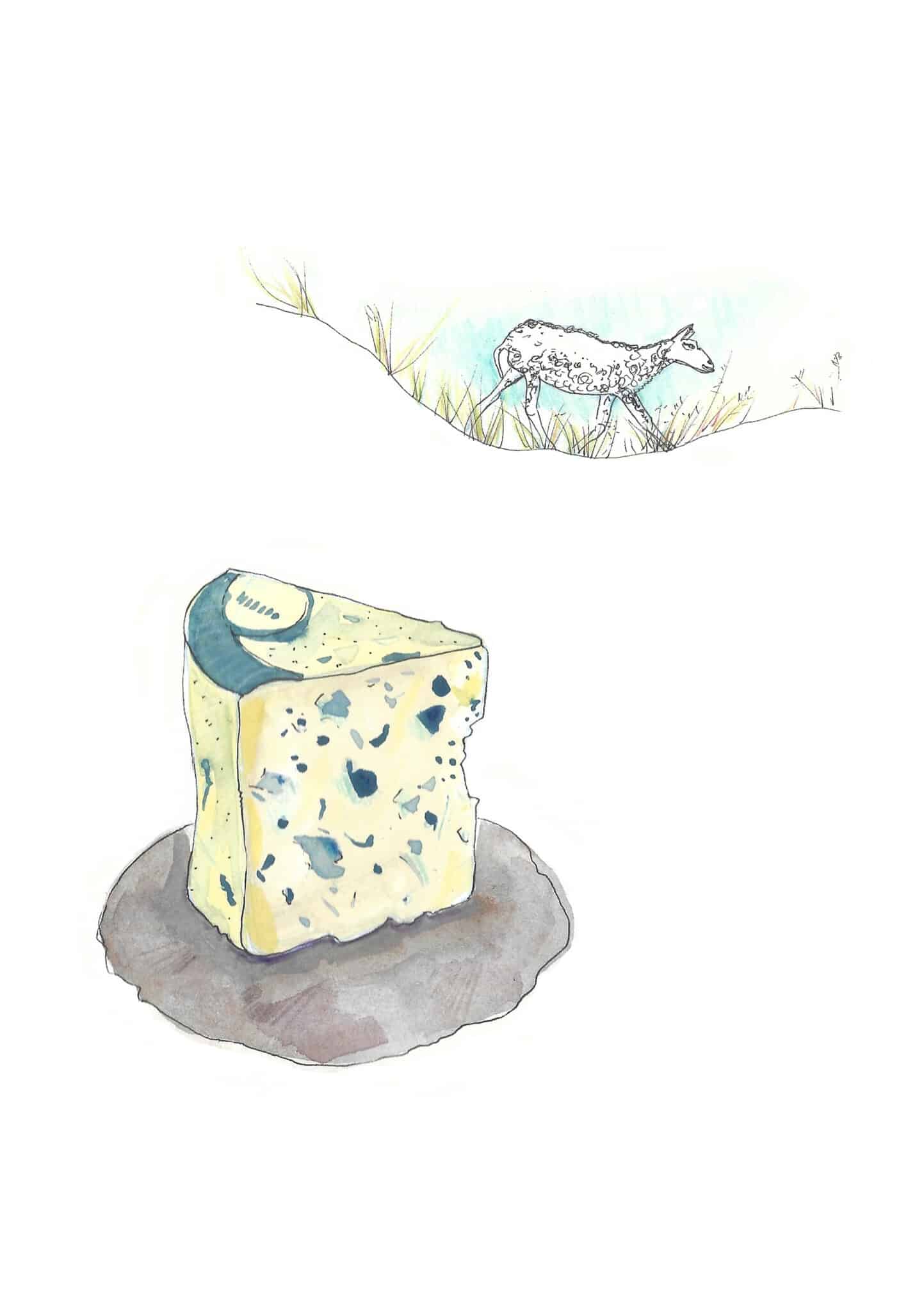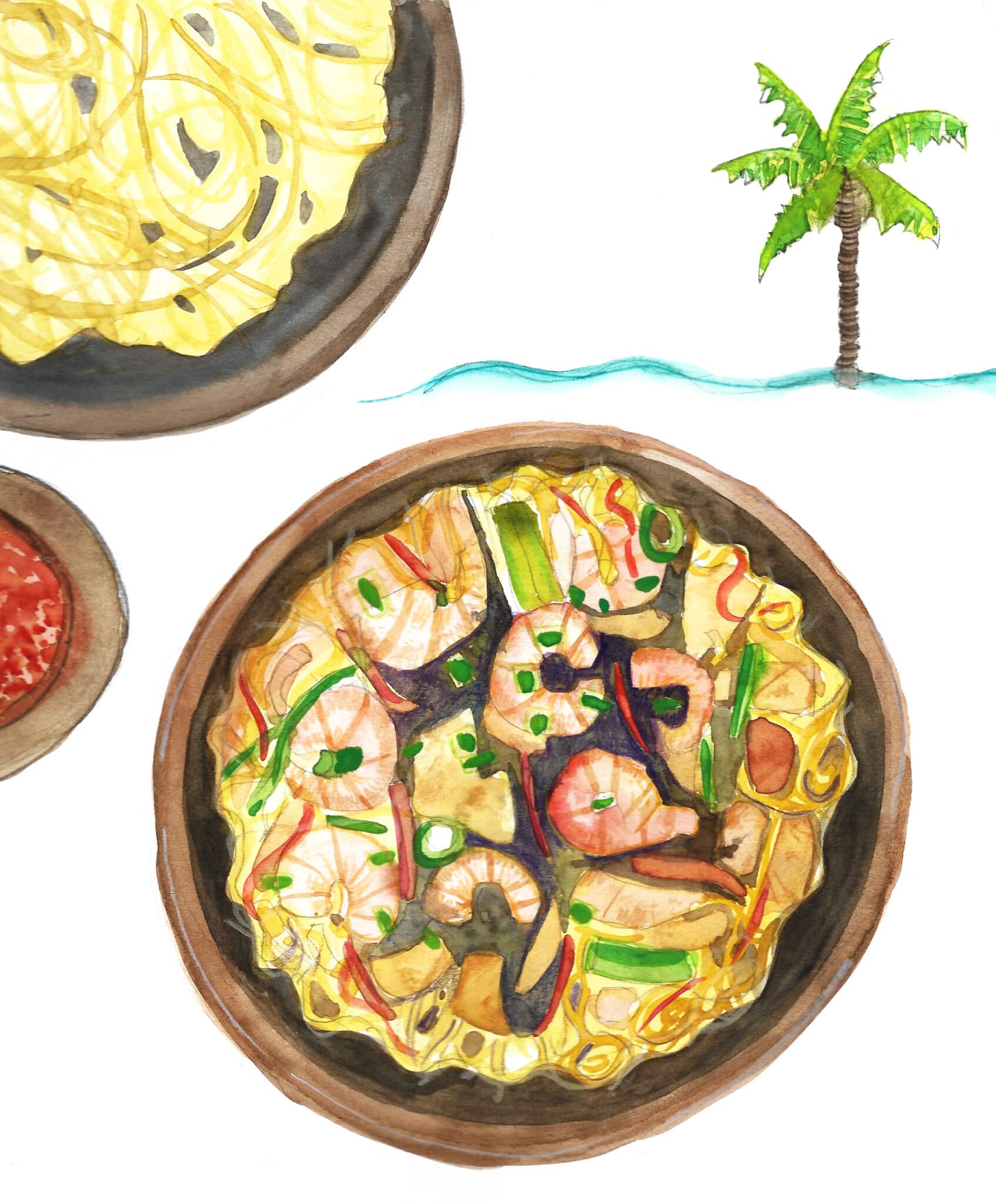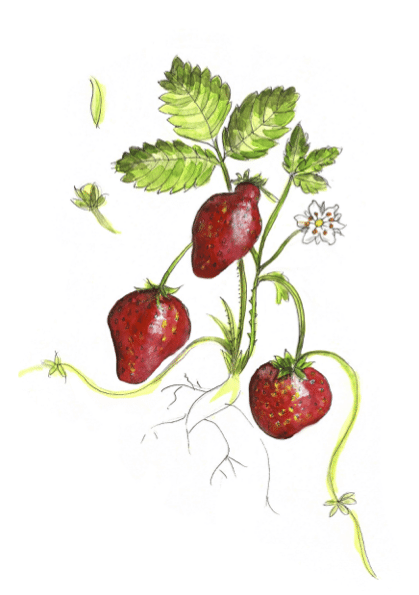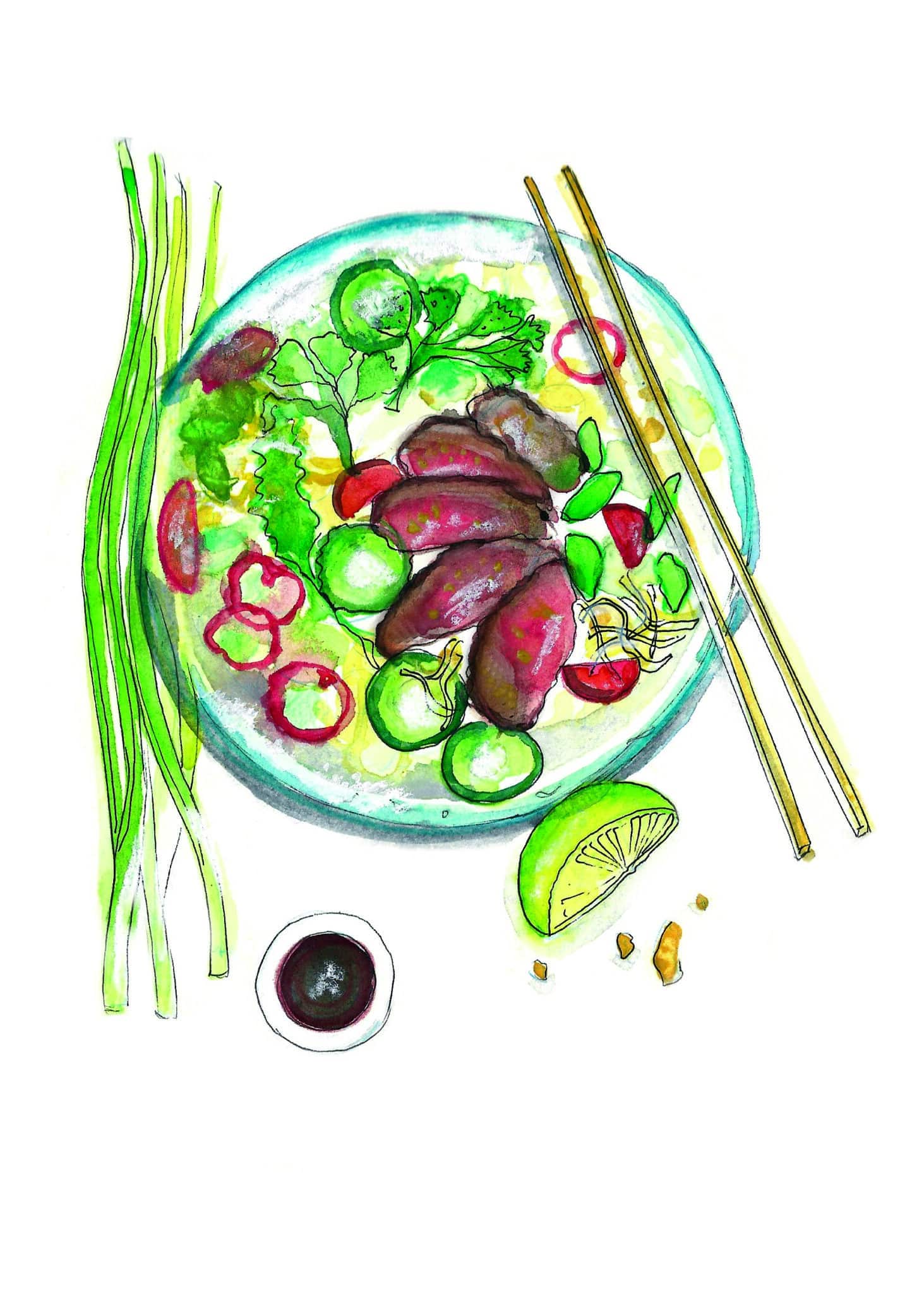Pomelo or grapefruit?
Pomelo is the right term for the fruit we find on our market stalls and that we often enjoy on a daily basis. Pomelos come from breeding grapefruit with a Chinese orange, and pomelos can be yellow, pink or red. Grapefruit, which originated in Thailand, is green in colour and its shape is reminiscent of a pear. Let’s take a closer look at the pomelo, which is rich in vitamin C and in antioxidants. Pomelos are harvested between December and April; their taste and juiciness depend on the state of ripeness. One characteristic of the pomelo is the bitterness which appears mid-palate and persists on the finish. With this type of fruit, our work on food and wine pairings essentially looks for contrast, where the wine manages the bitterness but does not mask it. The wine has to accompany the citrus and work with both the expression of the fruit and with the retro-olfaction of the fruit’s flavours.
Choosing the year
Lenôtre prepares a dessert made with two pomelos, yellow and pink. This dessert is a pie made of sweet shortcrust pastry with a layer of almond cream topped with sections of the two types of pomelos. To go with the beautiful bitters of the fruit, I propose serving a Late Harvest Gewurztraminer or a selection of Noble Grapes.
The spiciness and splendid bitters in the 2006 Furstentum work beautifully with pomelo.
Here, the real trick is in the choice of the age of the wine. You need to choose a wine that has aged for a few years in order to tame its generous aromatics and its suave nature. My choice goes to the 2006 Furstentum Gewurztraminer grand cru selection of grains nobles from the Domaine Weinbach. Its spiciness, its gorgeous bitters on the finish come with age and work well with pomelo. The sweetness of the wine contrasts with the bitterness of the pomelo. Another alternative from outside of France also goes well with this two-pomelo tart. I recommend staying with the same varietal but in an Italian version, from the Trentino-Alto-Adige region of Italy. Tenuta Joseph Hofstätter produces a spätlese or Late Harvest Gewurztraminer with grapes from different vineyards around Tramin. The 2012 vintage has fermented on wood and in steel, and is the perfect definition of the grape with just right tone, avoiding any outlandish exuberance.
And why not sparkling?
Bruno Doucet, chef at La Régalade in Paris prepares his very own carpaccio of pomelo, candied ginger and hazelnuts from the Piedmont area of Italy which goes marvelously with the 2015 Moscato d’Asti from the Italian estate GD Vajra. This great winemaker, known for his Barolos, makes this wine just the right side of sweetness, with beautifully delicate effervescence. It is produced using the Charmat method, also known as cuve close or tank method, which transforms a still wine into a sparkling wine. His 2015 Moscato d’Asti comes in at just 4.5° alcohol. Sheer bliss!
La Revue du Vin de France, février 2016.




